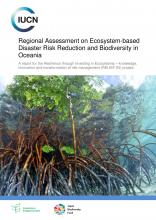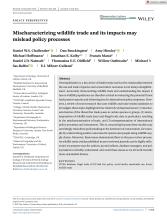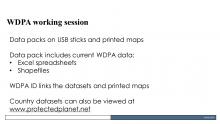Tackling invasive non-native species in the UK Overseas Territories
The 16 UK Overseas Territories (OTs) together account for 94% of the UKs unique biodiversity and make a significant contribution to global biodiversity. Being predominantly islands, the OTs are very vulnerable to the introduction of potentially harmful invasive non-native species, and pressures are increasing with the continual growth of international trade and impact of climate change. Biosecurity is acknowledged as the most cost-effective means of addressing invasive species threats for small islands, and yet the OTs face many challenges in the implementation of biosecurity controls. In 2016 a UK Government funded project Tackling Invasive Non-Native Species in the UK Overseas Territories was initiated to improve the biosecurity of the OTs against non-native species in order to improve their environmental resilience and food security through technical assistance and capacity building. A gap analysis carried out in early 2017 assessed the strengths and weaknesses for all 16 OTs along the biosecurity continuum in three areas: (1) prevention (2) early warning and rapid response, and (3) long-term management. Overall, capacity is weakest in the area of prevention and greatest in that of long-term management. Border activities, where implemented, are primarily linked to agricultural production and animal health. Few OTs have carried out horizon scanning or comprehensive pathway analysis or have the capacity to carry out pest risk analysis. Greatest capacity is seen in the relatively well-resourced Antarctic and sub-Antarctic territories, and in St Helena Island which was the subject of a 4-year project in anticipation of air access. Legislation is generally weak, and few OTs have developed territorial biosecurity policies or strategies. Officers responsible for biosecurity often have a range of functions in addition to their biosecurity roles, lack access to specialist expertise and diagnostic facilities, and may also lack access to appropriate training. This compromises their ability to deliver effective biosecurity. This situation is common to many small island states.









